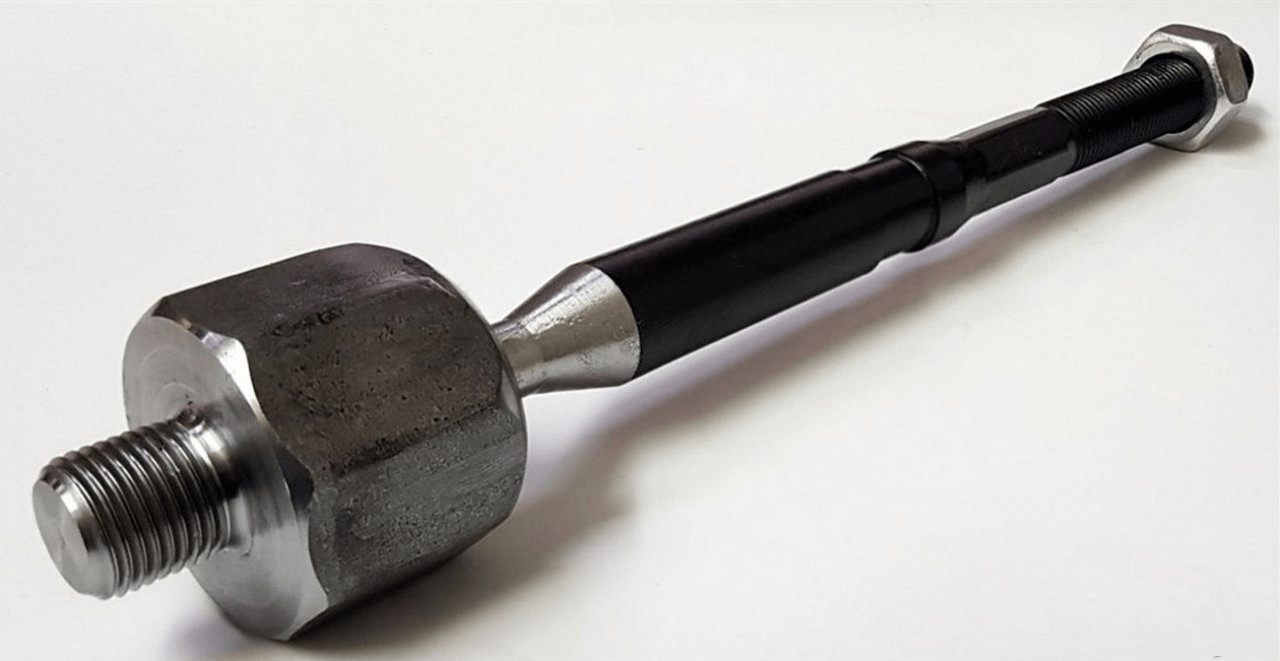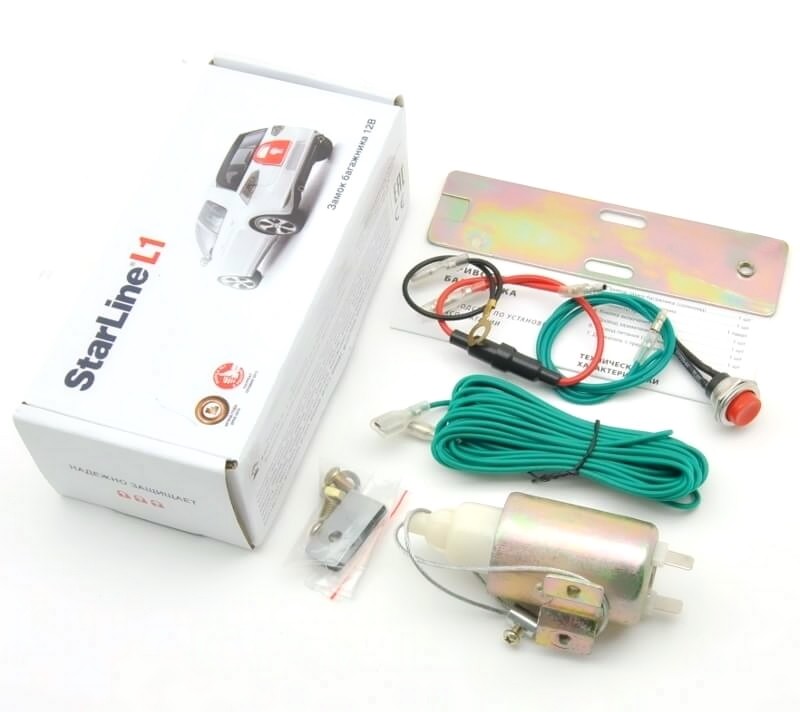
Symptoms of a Faulty or Faulty Traction Control Module
Content
Common symptoms include the Traction Control System (TCS) light coming on, TCS not disengaging/enabling, and loss of TCS or ABS functions.
Traction Control System (TCS) prevents loss of vehicle control in adverse weather conditions such as snow, ice or rain. Wheel sensors are used to allow the Traction Control System (TCS) to apply the brakes to specific wheels to counteract oversteer and understeer. Reducing engine speed can also be used to help drivers maintain control of the vehicle. The Traction Control System (TCS) consists of wheel speed sensors, solenoids, an electric pump and a high pressure accumulator. Wheel speed sensors monitor the rotation speed of each wheel. Solenoids are used to isolate certain braking circuits. An electric pump and high pressure accumulator apply brake pressure to the wheel(s) that are losing traction. The traction control system (TCS) works with the anti-lock brake system (ABS) and the same control module is often used to control and manage these systems. Therefore, some of the symptoms of a traction control system (TCS) and anti-lock braking system (ABS) malfunction are often similar or overlap.
When the traction control module is not working properly, the traction control safety feature will be disabled. In adverse weather conditions, it may be more difficult to maintain control of the vehicle. The traction control system (TCS) warning light may be lit on the instrument panel, and the traction control system (TCS) may remain on all the time or turn off completely. If the traction control (TCS) and anti-lock braking system (ABS) use the same module, problems with the anti-lock braking system (ABS) may also occur.
1. The traction control warning light is on.
When a traction control module fails or fails, the most common symptom is that the traction control system (TCS) warning light is illuminated on the dashboard. This is a sign that there is a serious problem and should be addressed as soon as possible. At the bottom of this article is a list of common DTCs specific to the traction control module.
2. Traction Control System (TCS) won't turn on/off
Some vehicles have a traction control system (TCS) switch that gives drivers the ability to turn the traction control system on and off. This may be necessary in situations where spinning and acceleration of the wheel is required to disengage. If the traction control module fails or fails, the traction control system may remain on even if the switch was turned off. It is also possible that turning off the traction control system will not be possible. It is important to note that while this could be a sign of a traction control module failure, it could also be a sign that the traction control switch is not working properly and needs to be replaced.
3. Traction loss control system (TCS) functions
If the traction control module fails or fails, it may be more difficult to maintain control of the vehicle when braking in adverse weather conditions such as ice or rain. Traction Control System (TCS) and Anti-Lock Braking System (ABS) work together to maintain control during aquaplaning. In most cases, a vehicle's aquaplaning does not last long enough for the Traction Control System (TCS) to activate. However, when the traction control system (TCS) is not working properly, it will not be effective in maintaining control. vehicle during any hydroplaning incident.
4. Loss of anti-lock braking system (ABS) functions
If the traction control system (TCS) and the anti-lock braking system (ABS) use the same module, it is possible that the functions of the anti-lock braking system (ABS) will be lost. Safe braking capability may be reduced, brake force may be required when stopping, and the likelihood of hydroplaning and loss of traction may increase.
The following are common diagnostic trouble codes specific to the traction control module:
P0856 OBD-II Trouble Code: [Traction Control System Input]
P0857 OBD-II DTC: [Traction Control System Input Range/Performance]
P0858 OBD-II Trouble Code: [Traction Control System Input Low]
P0859 OBD-II Trouble Code: [Traction Control System Input High]
P0880 OBD-II DTC: [TCM Power Input]
P0881 OBD-II DTC: [TCM Power Input Range/Performance]
P0882 OBD-II Trouble Code: [TCM Power Input Low]
P0883 OBD-II DTC: [TCM Power Input High]
P0884 OBD-II DTC: [Intermittent TCM Power Input]
P0885 OBD-II DTC: [TCM power relay control circuit/open]
P0886 OBD-II DTC: [TCM Power Relay Control Circuit Low]
P0887 OBD-II DTC: [TCM Power Relay Control Circuit High]
P0888 OBD-II DTC: [TCM Power Relay Sensor Circuit]
P0889 OBD-II DTC: [TCM Power Relay Sensing Circuit Range/Performance]
P0890 OBD-II DTC: [TCM Power Relay Sensor Circuit Low]
P0891 OBD-II DTC: [TCM Power Relay Sensor Circuit High]
P0892 OBD-II DTC: [TCM Power Relay Sensor Circuit Intermittent]
